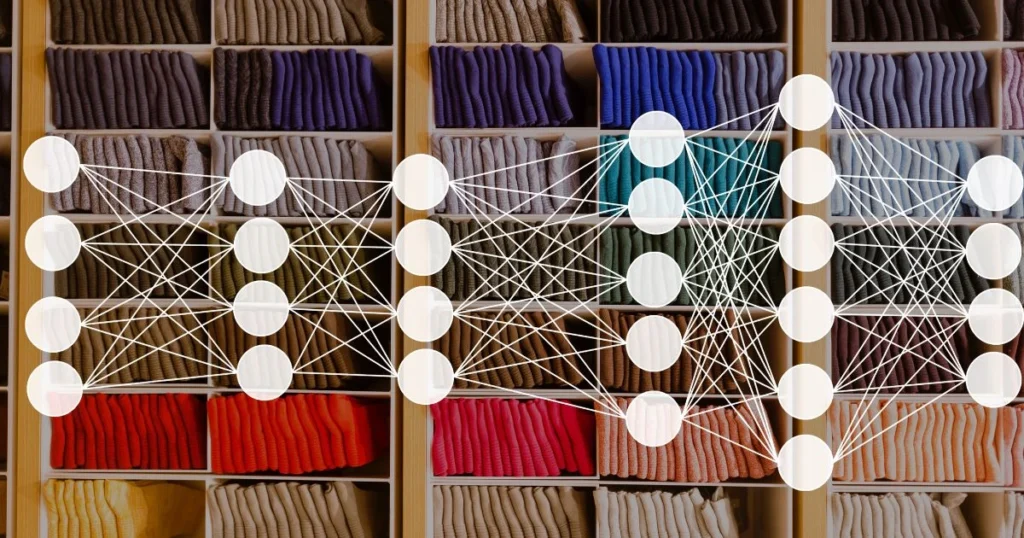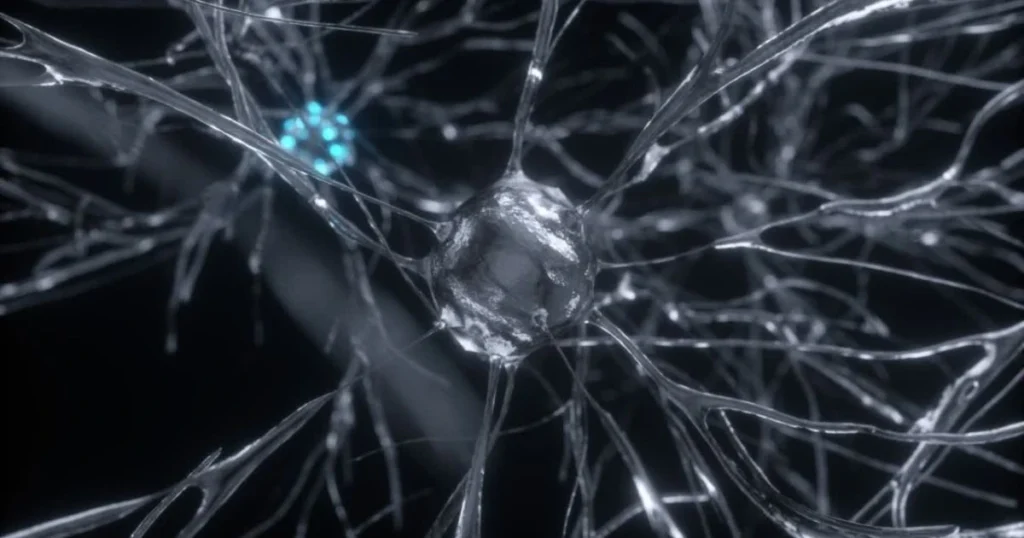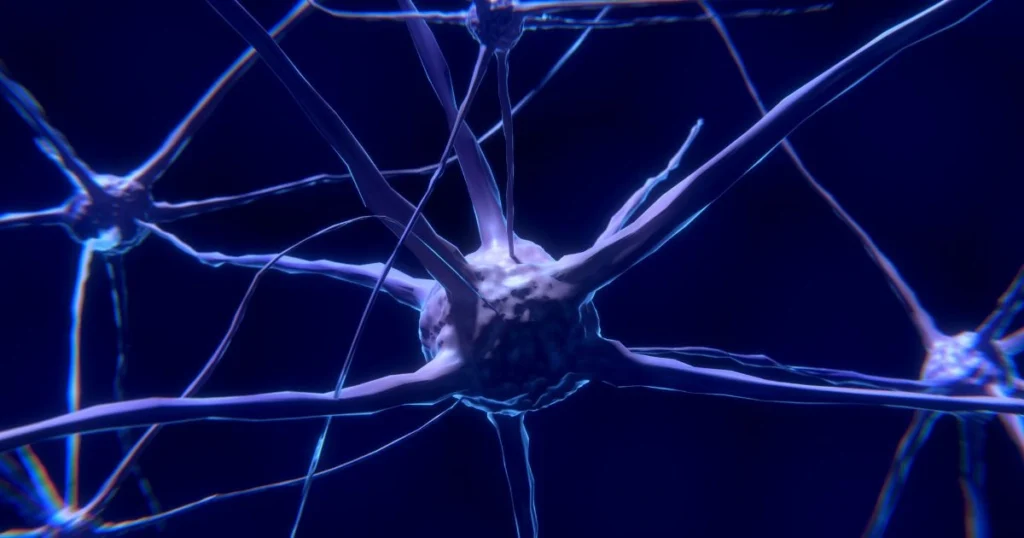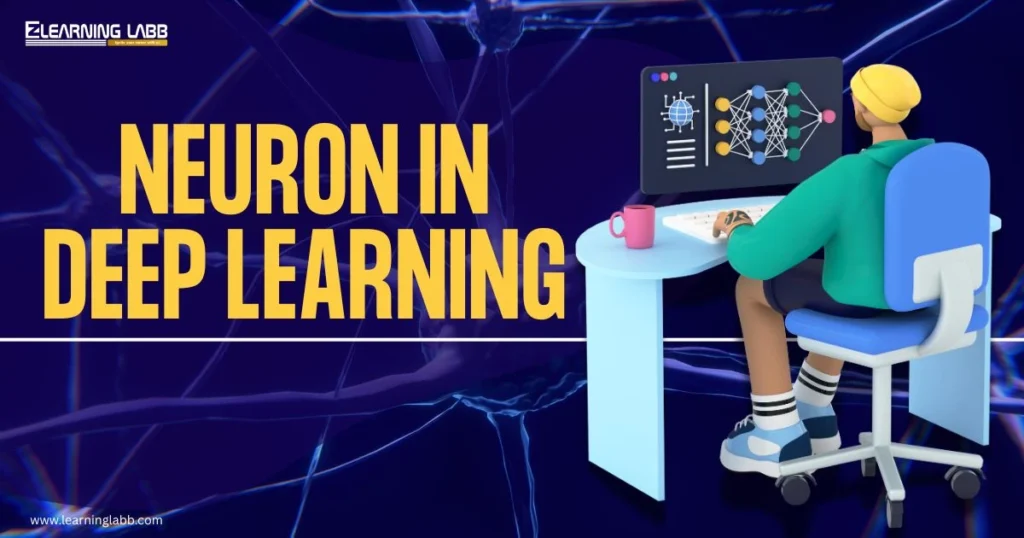Neuron in Deep Learning: Have you ever wondered how machines “think”? Behind that smart recommendation on YouTube or a perfectly translated sentence on Google lies a powerful concept, the neuron in deep learning. Born from biology, yet transformed by technology, this tiny unit fuels some of the biggest breakthroughs in AI today.
If you’ve ever asked, “What is neuron in deep learning?”, you’re not alone. Whether you’re diving into AI, or just curious about how machines work, understanding this tiny mathematical unit is a great place to start.
Think of it this way: your brain is made up of billions of neurons. Deep learning mimics that system using artificial neurons to make decisions. These aren’t biological, but they perform similarly, passing signals, adjusting strength (weights), and making sense of the data.
“Artificial neurons are the digital cousins of the brain’s biological neurons: simple, fast, and surprisingly powerful.”

What is Neuron in Deep Learning?
A neuron in deep learning is a function inside a neural network that processes inputs, applies weights, adds a bias, and sends the output through an activation function.
Here’s an example:
Imagine you’re teaching a model to recognise cats. The image is broken into pixels (inputs). Each of those inputs passes through neurons that ask: “Is this feature important for recognising a cat?”
The output is passed through layers until the model confidently says, “Yes, that’s a cat.”
Structure of Neuron in Deep Learning
To understand this better, let’s explore the structure of neuron in deep learning:
- Input Layer: Receives data (e.g., pixel values)
- Weights: Determines the importance of each input
- Bias: A constant value added to shift the result
- Summation Function: Combines weights and inputs
- Activation Function: Applies non-linearity (like sigmoid or ReLU)
- Output: Passes the result to the next layer
Formula:
Output = Activation (Σ (Input × Weight) + Bias)This basic structure repeats through layers to help the network “learn” more complex features. The structure may look simple, but it powers everything from Alexa to cancer detection systems.
Biological Neuron in Deep Learning: The Inspiration
Now, here’s where science meets inspiration.
A biological neuron has:
- Dendrites (inputs)
- Soma (processing)
- Axon (output)
- Synapses (connections)
In deep learning, this is mirrored by:
- Inputs
- Weights and Bias
- Activation Functions
- Connections to Other Neurons
The goal? Simulate how the human brain learns, reacts, and decides. The idea isn’t to copy the brain exactly but to borrow what works, says Kriti Kaushik, ZELL trainer.

Sigmoid Neuron in Deep Learning
Among various activation functions, the sigmoid neuron in deep learning is historically important. It squashes any real number into a value between 0 and 1, making it ideal for binary classification.
Formula:
Sigmoid(x) = 1 / (1 + e^-x)When to use:
- Binary outcomes (Yes/No)
- Probability-based models
- Simpler neural networks
In deep networks, sigmoid can cause vanishing gradients, slowing learning.
Number of Neurons in Deep Learning: Is More Always Better?
This is one of the most commonly asked questions: “What’s the right number of neurons in deep learning models?”
Here’s the deal:
- Too few neurons: The model can’t capture the complexity.
- Too many neurons: The model memorises rather than learns (overfitting).
Tips:
- For input layer, match the number of features.
- For hidden layers, start with 2x or 3x the input neurons.
- Gradually decrease neurons deeper into the network.
Types of Neural Networks in Deep Learning
Once you understand neurons, the next step is understanding types of neural networks in deep learning:
1. Feedforward Neural Network (FNN)
- Basic architecture
- Info moves only in one direction
- Best for simple tasks
2. Convolutional Neural Network (CNN)
- Ideal for image-related tasks
- Recognises spatial patterns
3. Recurrent Neural Network (RNN)
- Used for sequences like text, audio
- Remembers previous steps
4. LSTM (Long Short-Term Memory)
- Solves the problem of long-term dependencies in RNNs
All these networks are built using neurons—just arranged and connected differently.
Where Are These Neurons Working Today?
You’d be surprised how often you’re interacting with artificial neurons every day:
- Voice Assistants (RNN + LSTM)
- YouTube Suggestions (Feedforward Networks)
- Face Unlock (CNN)
- Language Translation (Transformers built from many neurons)
These neurons take your data, process it, and decide what happens next, all in milliseconds.
Can This Help Me Build a Career in Data Analytics?
Absolutely. Understanding how neurons work forms the foundation for many career paths.
If you’re thinking: “Is data science a good career?”

Here’s what to know:
- Yes, especially in India where digital transformation is booming.
- Companies need people who understand machine learning and analytics.
- Knowing neurons means you can build, test, and improve models confidently.
If you’re looking to grow in the field, explore data analytics training options that go beyond theory, like the ones offered by Zenoffi E-Learning Labb.
- A neuron in deep learning processes inputs using weights, biases, and activation functions.
- Inspired by biological neurons, it mimics how we learn.
- The structure of neuron in deep learning follows a clear path: input → weighted sum → activation → output.
- The sigmoid neuron in deep learning is useful but can have limitations.
- The number of neurons in deep learning depends on your task complexity.
- Various types of neural networks in deep learning use neurons differently—CNNs, RNNs, LSTMs.
- Skills in this area support strong careers in data analytics and AI.
On A Final Note…
To sum up, understanding the neuron in deep learning is like holding the blueprint to artificial intelligence. From the structure of neuron in deep learning to exploring how a sigmoid neuron in deep learning functions, each part builds up to something far greater.
Whether you’re pursuing a career in data analytics or simply curious about how machines learn, this knowledge is both powerful and practical.
Do you want to build real projects using neurons and neural networks? Join a course that teaches by doing, like those at Zenoffi E-Learning Labb. If you got questions about the next AI topic you’d like to explore – we are here to help.
FAQs
Q1: What is neuron in deep learning and why is it important?
It’s the smallest functional unit in a neural network. It processes input data and enables learning.
Q2: Is there an ideal number of neurons to use?
No fixed number. Start with more neurons in early layers and reduce as you go deeper.
Q3: Can understanding neurons help my career?
Yes. It’s essential for AI, ML, and data roles, especially if you’re aiming for a career in data analytics.
Q4: How are biological neurons and deep learning neurons related?
Artificial neurons are inspired by biological neurons but simplified for computation.
Q5: Where can I learn about neurons and deep learning in practice?
Try courses from Zenoffi E-Learning Labb in Data Science or Data Analytics Training.





